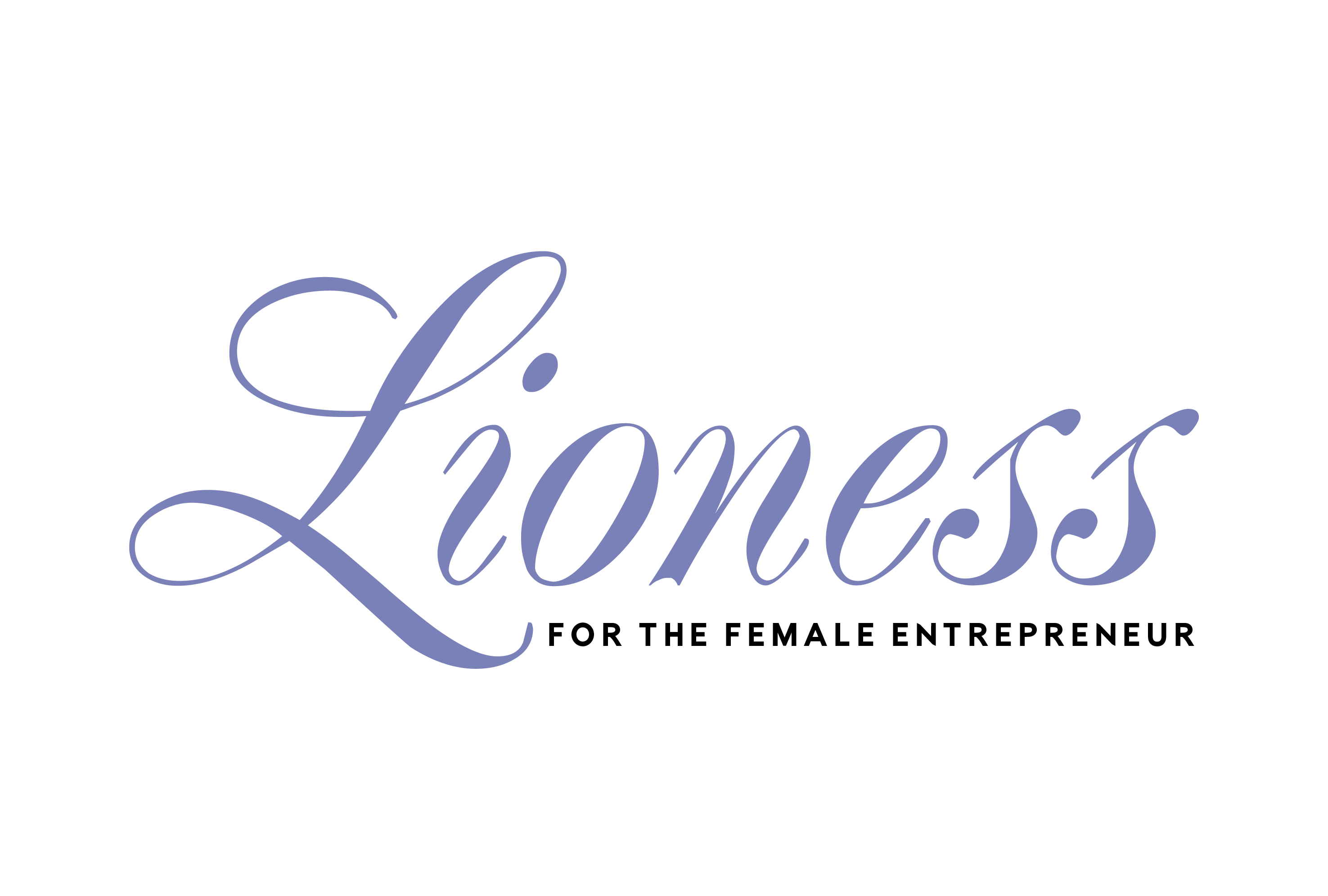“I want an opportunity, not a handout.” As a volunteer social worker, Liz Powers heard the same request from her clients countless times. But for those struggling with mental health or other challenges, traditional nine-to-five employment wasn’t an option. Powers knew that she needed to redefine what a job could be. She didn’t have the pieces in place until she became an art therapist.
“I saw sellable art getting stuffed in the closets of the shelters where I worked. Art therapy in shelters isn’t unique – there are about a thousand existing art groups in shelters within the U.S. alone,” she explained. “I decided to create a marketplace to curate the top art. It not only redefines what a job can be but also gives these artists the self-confidence of people seeing them and their talent.”
Foundations and growth
Powers started ArtLifting as an annual art show in a Boston shelter before turning the annual event into a business. Now, the company has a nationwide reach, selling pieces created by artists with disabilities or facing housing insecurity. ArtLifting gathers and promotes artwork for buyers, providing both income and the opportunity for creative self-expression. The company primarily works with corporations – clients include Google, LinkedIn, Starbucks and Paypal, among others.
Liz Powers shares success stories
In our interview, Powers discussed some of the artists who found opportunities through the program. Among these is Scott Benner, who faced a “perfect storm” of difficulties: his wife developed cancer, he lost his job and he was diagnosed with Horner’s Syndrome, a rare nerve disease. As Powers explained, the family had done everything right, but medical bills dried up their savings. It wasn’t long before Benner was homeless.
“He was sleeping under the bushes under a subway stop. But what Scott would do during the day was go to the library and draw,” Powers explained. “With a simple black pen, Scott transformed a white sheet of paper into this masterpiece.”
Benner’s intricately detailed work drew in clients from the government to Google. Now, he and his wife have stable housing.
“This is just one example of defining someone by their talent rather than their circumstance. We can see the domino effect it has on their lives.”
Powers highlighted other artists, including Mia Brown, who paints with a brush on a headwand; Eric Santamaria, who attaches paint or markers to the bottom of his wheelchair; and Michaels Lyric, who takes photos and digitally alters them using voice recognition software. Dozens of artists are featured on the company’s website, and applications for new members are open in certain locations.
Pandemic pivots and upcoming plans
Because the company works so closely with corporate offices, COVID-19 worried Powers. She was not only concerned about the artists’ health, but she wanted to ensure that they would be paid at a time when it was desperately needed. ArtLifting branched out to new areas, connecting with apartment buildings and hospitals for lobby furnishings. In addition, Powers knew that employers were looking for creative engagement opportunities, so ArtLifting began hosting virtual art workshops for employees and their families.
The revenue gathered from the program was used to create a relief fund that supported the artists directly.
“A single mom of two kids lost her job and needed a month’s rent to prevent homelessness,” Powers said. “We were able to fund that, and she and her family were able to keep their housing during this scary time.”
This expansion isn’t exclusive to the pandemic – eventually, Powers hopes to establish a worldwide reach, create a movement for artists and put their work on “any type of blank wall.”
In our interview, Liz Powers not only showcases amazing artwork but walks through the foundation of ArtLifting. To hear her advice for other B Corporations and new entrepreneurs, be sure to watch the full video!
For more advice on empowering others during COVID, check out our article on diversity during the pandemic.






Add Comment